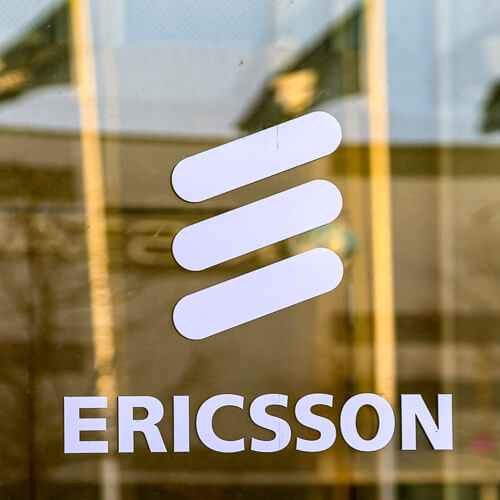
Ericsson's latest Mobility Report provides a reminder of how tricky it can be to make predictions about 5G developments, a task that is not being made any easier by the current economic and geopolitical environment.
Speaking during a webinar to discuss the report’s findings, Richard Möller, senior market analyst at Ericsson, noted that the number of 5G subscribers worldwide had been expected to reach 660 million by the end of 2021.
It now seems that the figure was somewhat short of that forecast: the Swedish vendor is now saying that 5G subscriptions increased by 70 million in Q1 2022, to reach 620 million.
Figure 1:  Global 5G subscriptions are expected to reach 1B in 2022, say Ericsson, but economic and geopolitical conditions make forecasting hard to do.
Global 5G subscriptions are expected to reach 1B in 2022, say Ericsson, but economic and geopolitical conditions make forecasting hard to do.
(Source: Ericsson)
The shortfall, according to Möller, is owing to changes in how China’s mobile operators are reporting their 5G subscriber figures. Indeed, it has become noticeable over the past year that the Chinese operators are starting to split out "5G package customers" from actual 5G network customers.
"Now we have official numbers and we’ve adjusted our estimates accordingly," Möller said. "China is early and so large that it affects the global number."
However, he noted that this adjustment does not "materially affect" the five-year growth forecast. Ericsson is therefore sticking to its estimate of 4.4 billion 5G subscribers by the end of 2027, meaning that 5G will account for almost half of all mobile subscriptions by that point.
5G subscriber growth is expected to accelerate in 2022, reaching around one billion subscribers by the end of the year. The report noted that North America and North East Asia currently have the highest 5G subscription penetration, followed by the Gulf Cooperation Council countries and Western Europe.
In 2027, it is projected that North America will have the highest 5G penetration at 90%. In India, where 5G deployments have yet to begin, 5G is expected to account for nearly 40% of all subscriptions by 2027.
At the same time, Möller warned that the war in Ukraine, supply chain constraints and rising inflation will affect future growth.
"That’s made us take 100 million subscriptions off the current forecast,” he said. “However, history has shown that mobile telephony is one of the things that people hang on to … even if the economic world turns negative," he said.
The report’s executive editor Peter Jonsson said the current uncertainties mean that Ericsson has to be especially careful with its forecasts. However, he reiterated the point that global 5G uptake "is about two years ahead of 4G" on a comparative basis. In addition, 5G rollout "reached 25% of the world's population about 18 months faster than 4G.”
5G SA, IoT and FWA rising
In terms of other findings, Ericsson expects 5G standalone (5G SA) rollouts to double in 2022, from around 20 at the end of 2021. More than 210 operators have launched commercial 5G services globally.
It also predicts that the number of fixed wireless access (FWA) connections will exceed 100 million in 2022 and almost 230 million by 2027.
Want to know more? Sign up to get our dedicated newsletters direct to your inbox.
In terms of the Internet of Things (IoT), the report notes that in 2021, broadband IoT (4G/5G) overtook 2G and 3G as the technology that connects the largest share of all cellular IoT connected devices, accounting for 44% of all connections.
Massive IoT technologies (NB-IoT, Cat-M) increased by almost 80% during 2021, reaching close to 330 million connections. The number of IoT devices connected by these technologies is expected to overtake 2G/3G in 2023.
Related posts:
— Anne Morris, contributing editor, special to Light Reading
About the Author(s)
You May Also Like











